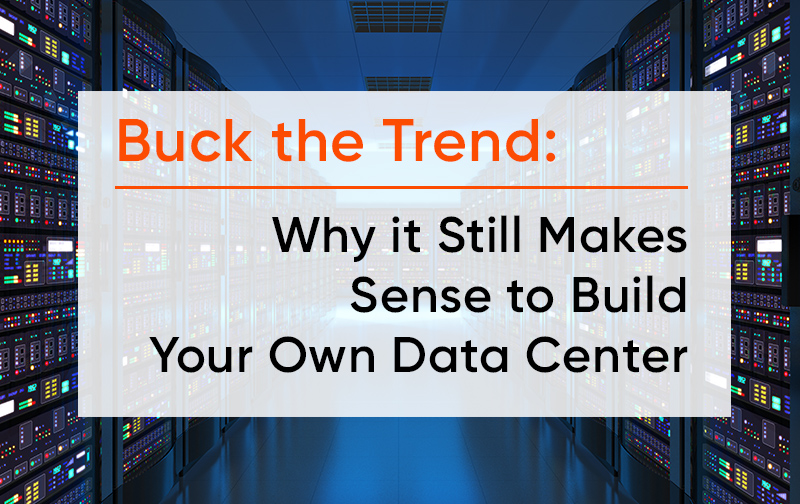Last year marked the biggest year for data center investment, reaching US$18.2 billion by Q3 2017, double the spending in 2016. It makes sense. Data centers are integral to consumers’ habits. They support our mobile and social needs as well as our growing appetites for creating and consuming content. Accessing and engaging with music and video streaming services wouldn’t be possible without them. The amount of data generated from such activities is skyrocketing.
Corporations have to find ways to deal with the data that humans are creating every single minute. According to Domo’s 2017 “Data Never Sleeps” report, society generates the following amount of data in one minute:
- Netflix: 69,444 hours of video streamed
- Snapchat: 527,760 photos shared
- YouTube: 4,146,600 videos watched
- SMS: 15,220,700 messages sent
- Google: 3,607,080 searches made
The numbers above are just a snapshot. Click here for the full infographic.
The fundamental flaw of cloud computing
In spite of risks associated with global geo-economic politics, the data center industry is expected to flourish and keep pace with consumers’ reliance on digital services. This also means that despite the uptick in cloud service adoption, many organizations are still building their own data centers.
But why?
The pitch for buying into a cloud computing strategy is that it allows a company to scale when they have a need for say, more storage, without the trouble of building and managing their own data centers. The cloud service model actually sounds very appealing. In fact, the model is suitable for many companies; it’s easily deployed, set up, and managed right out of the box.
But the premise has a fundamental flaw: it’s not suitable for every organization. For every successful migration or transformation project, there are several stories about organizations that reversed course.
Cloud computing sticker shock is a real problem that companies face, as many CFOs and CIOs experience unexpected costs when they see their monthly cloud bills. Trading platform Deep Value discovered that using Amazon’s EC2 service was actually 380 percent more expensive than running its own data center.
For many companies, a full cloud migration would require a large chunk of time, making a hybrid model seem like a better option. Whatever your decision, it should be tied to performance, reliability, security, and the flexibility to call your own shots.
The case of Snap
In filing their IPO, Snap revealed two things. One: they signed a US$2B cloud infrastructure contract with Google. Two: they are also paying US$1B for AWS services over the next five years. For the investment they’re making with both Google and AWS, surely Snap could have built several world-class data centers, like Facebook.
Breaches
Cloud computing is not all it’s made out to be. Organizations are also discovering that security can still be an issue when you’re renting cloud computing. Consider the data breach on 198 million American voters by Deep Root Analytics, a data analytics firm hired by the Republican National Committee (RNC). Due to a poorly configured Amazon S3 bucket storage account where files were set to public instead of private, millions of voters’ information – including names, addresses, email addresses, phone numbers, voter ID numbers, and more – were exposed.
So, the answer is…
I’m not saying that cloud computing is worse than building your own data center. We have many clients who adopt a hybrid solution or transformation strategy, and they rely on us to help them with their IT infrastructure so they can make these transitions.
Organizations need to control their own fates. For many, there is more control in a hybrid solution.
My advice is to vet your vendors thoroughly. Hold them up to the highest standards, as if you were hiring them to be on your team. Look at their experience, availability of service staff, locations, and track record. Most importantly, do some cost-modelling. Sticker shock isn’t great if you are on a utility model, and hidden fees can present some big problems.
At the end of the day, you just want to be able to sleep soundly knowing that you’re in control of your data and your fate.



